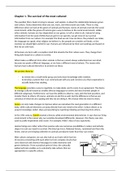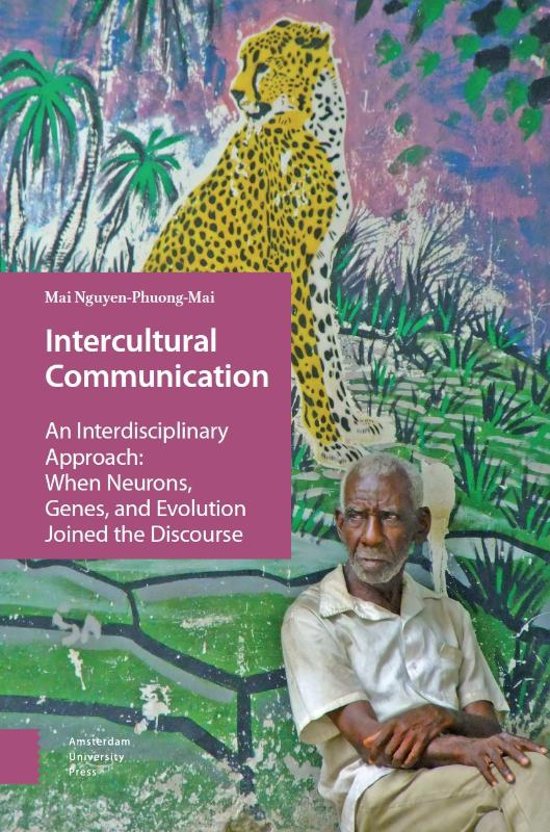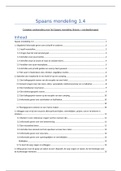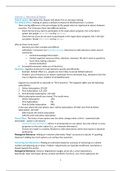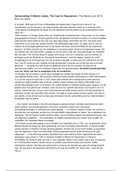Summary
Cross Cultural Awareness Summary, Chapters 1,2,3,4,5,6
- Course
- Institution
- Book
I am in the first year following International Business in English. I made this summary in the second block of my studies. It has a nice layout and covers everything from the book; International Communication, written by Mai Nguyen Phuong Mai.
[Show more]
